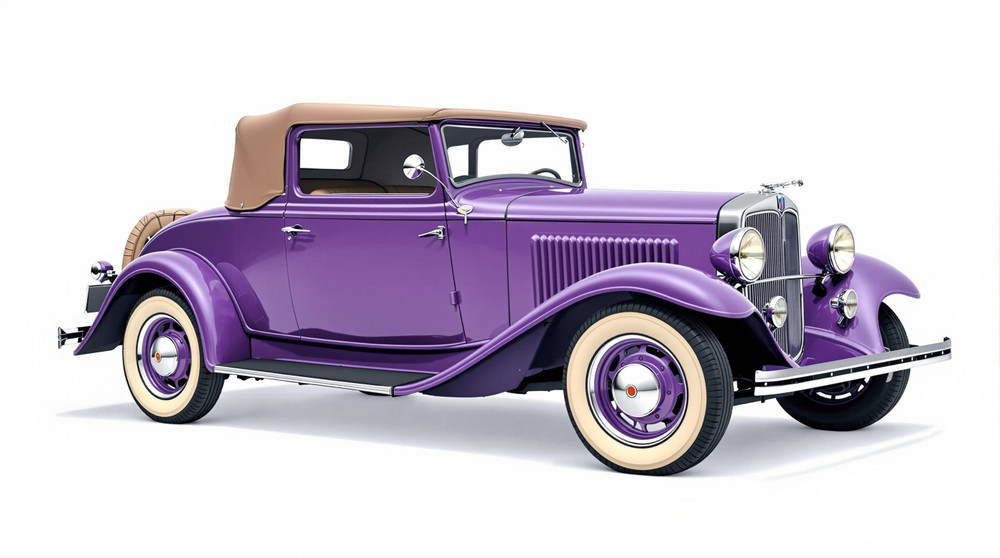Image of 1932 Studebaker Commander Model 71, Note: These illustrations use artistic license and may differ from actual historical models.
Performance Metrics
Fundamental Metrics
Emotional Appeal
MMP Rating
| Engine Specifications | |
|---|---|
| Engine: | Straight-8 |
| Displacement: | 337 cubic inches |
| Horsepower: | Estimated 122 horsepower |
| Torque: | Not available |
| Compression Ratio: | Not available |
| Ignition System: | Battery and coil |
| Cooling System: | Water-cooled |
| Performance Specifications | |
| 0-60 Time: | Not available |
| 1/4 Mile Time: | Not available |
| Top Speed: | 80 mph |
| Transmission and Drive | |
| Drive Type: | Rear-wheel drive |
| Transmission Type: | 3-speed manual |
| Fuel and Efficiency | |
| Fuel System Type: | Carburetor |
| MPG: | Not available |
| Dimensions and Brakes | |
| Brakes: | Mechanical drum brakes |
| Wheelbase: | 136 inches |
| Weight: | 3,400 lbs |
Note: Specifications for classic cars are given to the best of our ability, considering the limited and variant data available.
Unveiling the 1932 Studebaker Commander Model 71
Step into the realm of classic elegance where the 1932 Studebaker Commander Model 71 reigns supreme. This automobile is not just a mere vehicle; it's a testament to the innovation and craftsmanship of its era. Born in the midst of the Great Depression, this Studebaker model emerged as a beacon of hope and luxury in an otherwise bleak economic landscape. The South Bend, Indiana-based Studebaker Corporation, with its rich history dating back to wagon manufacturing, showcased its resilience by producing this stunning piece of automotive artistry. A notable moment in its history is its remarkable endurance during a time when many car manufacturers succumbed to financial pressures.
Design and Innovation
The Commander Model 71's exterior styling was a harmonious blend of bold lines and aerodynamic form, making it a standout in any crowd. The vehicle's chrome grille, poised like an emblem of prestige, was flanked by sweeping fenders that exuded motion even at a standstill. Inside, passengers were enveloped in an ambiance of opulence with high-quality fabrics and meticulously crafted wood accents. For its time, the Commander boasted technological advancements such as Studebaker's own "Free Wheeling" feature, allowing for smoother transitions between gears and reduced wear on components. Color options were reflective of the era's taste for sophistication with choices such as rich blues and deep maroons being popular among buyers. The most iconic body style was undoubtedly the four-door sedan, which offered both space and style for the discerning customer.
Historical Significance
The 1932 Studebaker Commander Model 71 set itself apart with its Free Wheeling unit and advanced Ride Control, which offered drivers a customizable driving experience—an innovation well ahead of its time. Its impact on automotive design was evident in its streamlined shape that would pave the way for future aerodynamic vehicles. The Commander's legacy is one of endurance and elegance, leaving an indelible mark on automotive history.
Performance and Handling
Under the hood lay an engine capable of impressive performance for its day. While exact top speed figures are elusive, it delivered spirited acceleration that could rival many of its contemporaries. The ride quality was exceptional, with a chassis designed to absorb road imperfections gracefully. Drivers often remarked on the melodious hum of the inline-eight engine—a symphony complementing the smoothness of their journey.
Ownership Experience
The 1932 Studebaker Commander served various roles from a reliable daily driver to a coveted show car. Its robust construction meant that maintenance was straightforward for those familiar with pre-war automotive technology. However, as with many vehicles from this period, finding replacement parts today can be a challenge for collectors.
Fun Facts
A lesser-known fact about the Commander Model 71 is that it occasionally graced racetracks with its presence, showcasing Studebaker's engineering prowess. While some critics pointed out its relatively higher cost during tough economic times, owners found value in its durability and luxury features.
Collector's Information
Today, the rarity of the 1932 Studebaker Commander Model 71 makes it a prized possession among collectors. With production numbers likely in the low thousands due to economic constraints of the era, surviving models are few and far between. As for value range, pristine examples could fetch anywhere from high five figures to low six figures depending on provenance and condition—reflecting an appreciation over time as enthusiasts recognize their historical significance.
Conclusion
The 1932 Studebaker Commander Model 71 stands as a monument to pre-war luxury and resilience. It encapsulates an era where despite economic hardship, beauty and innovation continued to thrive within the automotive industry. For collectors and enthusiasts alike, owning a piece of this history is not just an investment; it's an homage to an age where every turn of the wheel was a statement of hope and progress.
1932 Studebaker Commander Model 71 Catalog of Parts
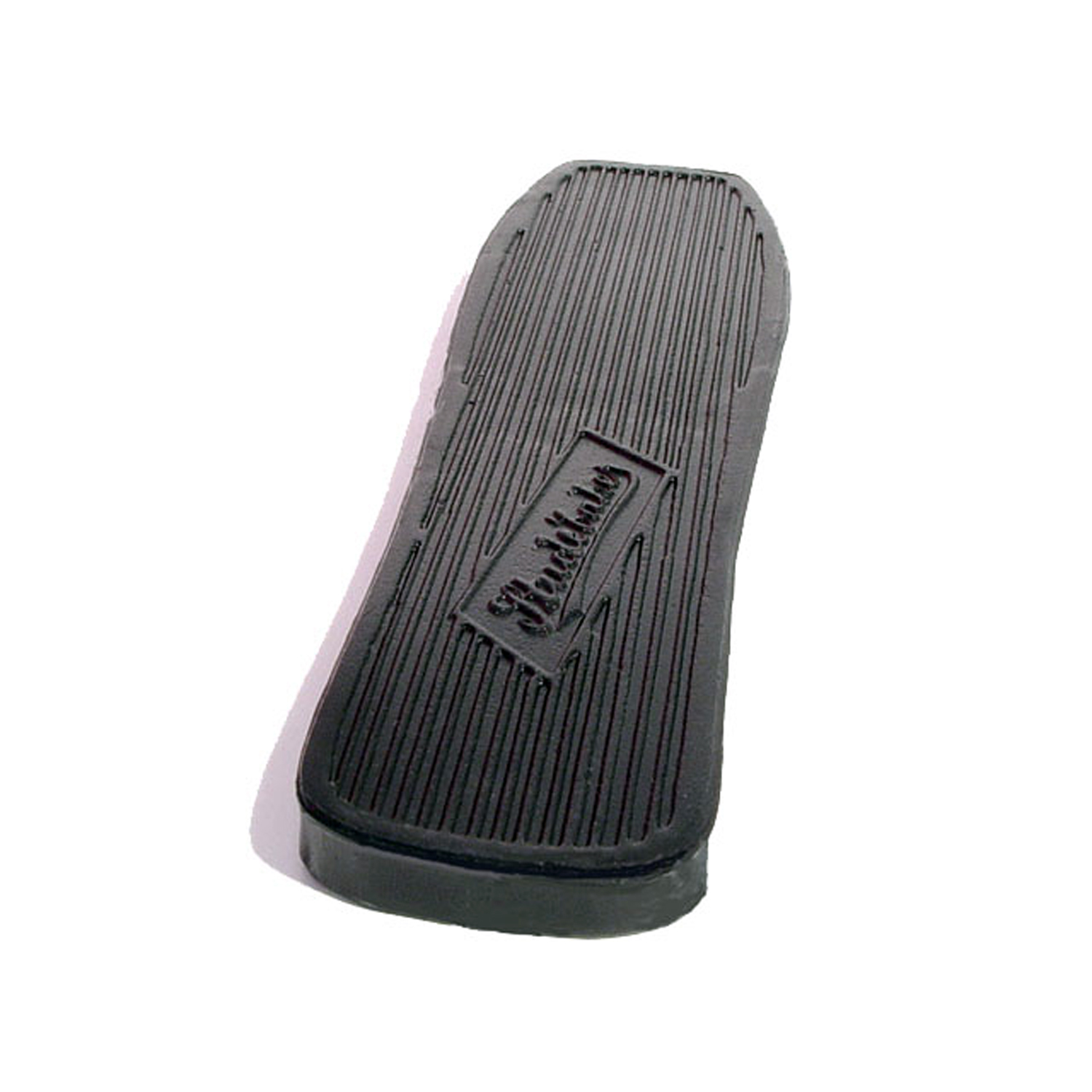 1932 Studebaker Commander Model 71 Accelerator Pedal Pad, 2-3/8" X 9", Each-AP 22Accelerator Pedal Pad, 2-3/8" X 9", Each
1932 Studebaker Commander Model 71 Accelerator Pedal Pad, 2-3/8" X 9", Each-AP 22Accelerator Pedal Pad, 2-3/8" X 9", Each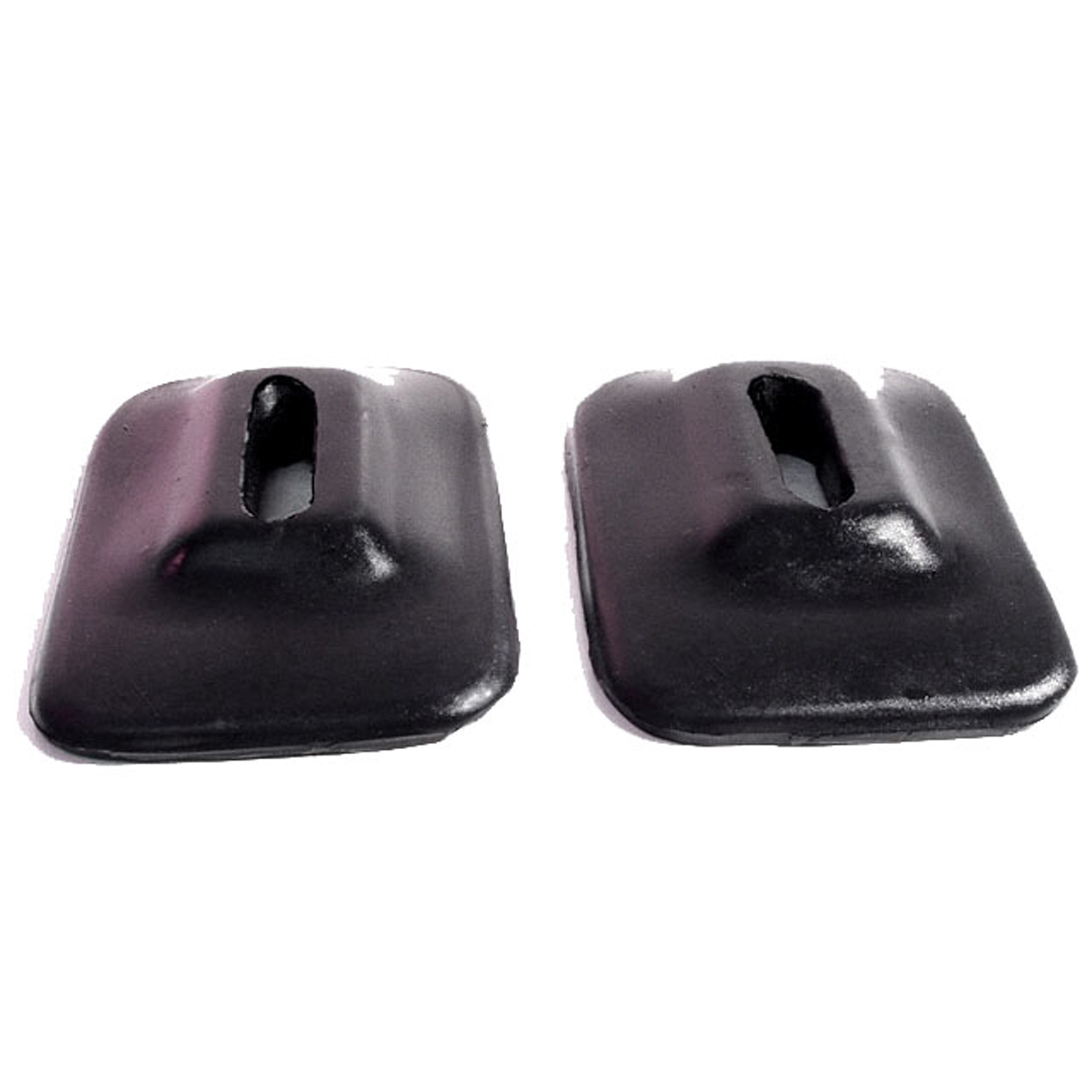 1932 Studebaker Commander Model 71 Front and Rear Bumper Arm Grommets-BG 45Front and Rear Bumper Arm Grommets. 2-3/4" wide X 4-1/8" long, with 1-5/8" long inner slot. Pair
1932 Studebaker Commander Model 71 Front and Rear Bumper Arm Grommets-BG 45Front and Rear Bumper Arm Grommets. 2-3/4" wide X 4-1/8" long, with 1-5/8" long inner slot. Pair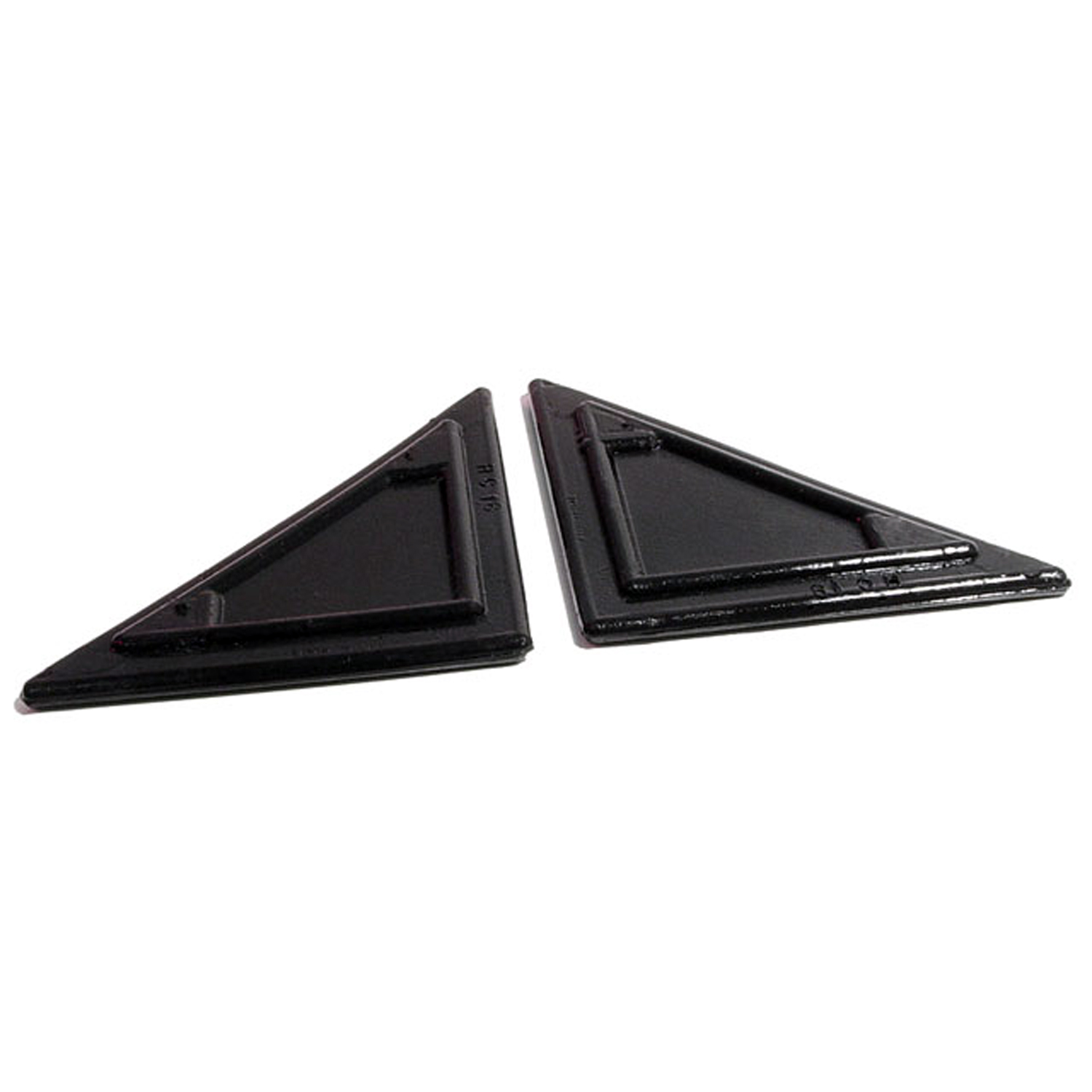 1932 Studebaker Commander Model 71 Hood Corners. Original design. 2-3/4" wide. Pair-HC 18Hood Corners. Original design. 2-3/4" wide. Pair
1932 Studebaker Commander Model 71 Hood Corners. Original design. 2-3/4" wide. Pair-HC 18Hood Corners. Original design. 2-3/4" wide. Pair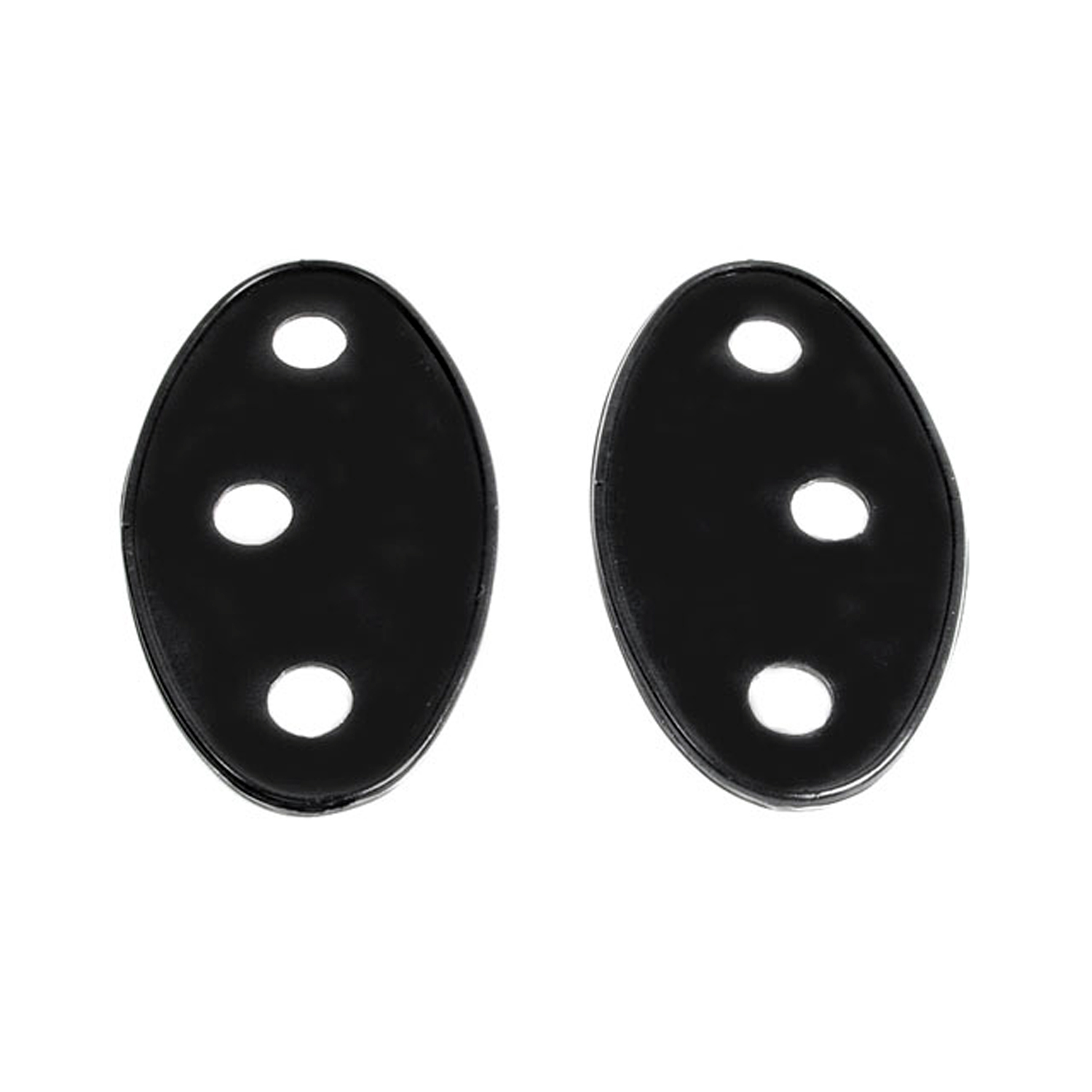 1932 Studebaker Commander Model 71 Headlight Bracket Pads. 2-3/4" wide X 5" long. Pair-MP 960Headlight Bracket Pads. 2-3/4" wide X 5" long. Pair
1932 Studebaker Commander Model 71 Headlight Bracket Pads. 2-3/4" wide X 5" long. Pair-MP 960Headlight Bracket Pads. 2-3/4" wide X 5" long. Pair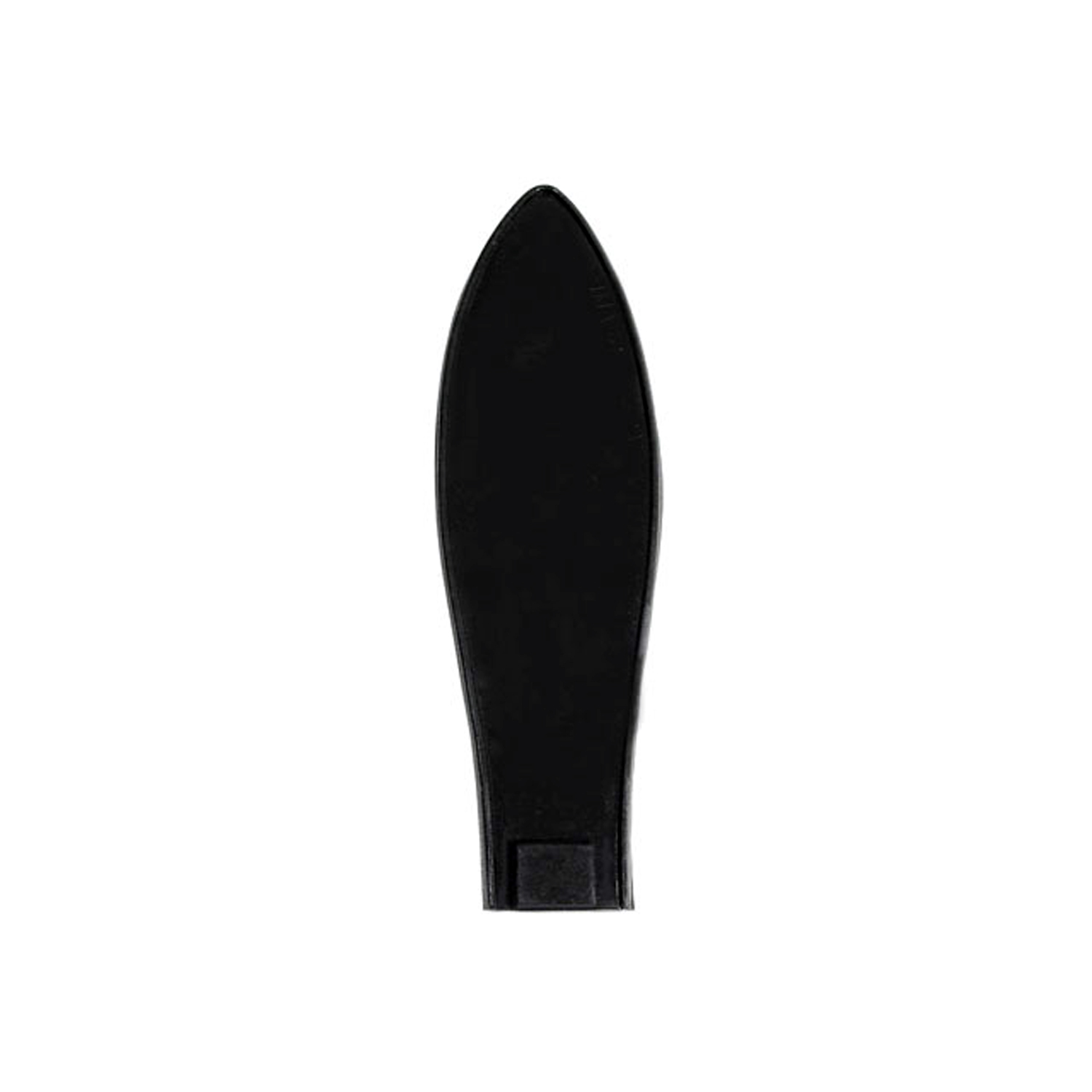 1932 Studebaker Commander Model 71 Side Mount Clamp Pad. 2-5/8" wide X 9-1/4" long. Each-MP 962Side Mount Clamp Pad. 2-5/8" wide X 9-1/4" long. Each
1932 Studebaker Commander Model 71 Side Mount Clamp Pad. 2-5/8" wide X 9-1/4" long. Each-MP 962Side Mount Clamp Pad. 2-5/8" wide X 9-1/4" long. Each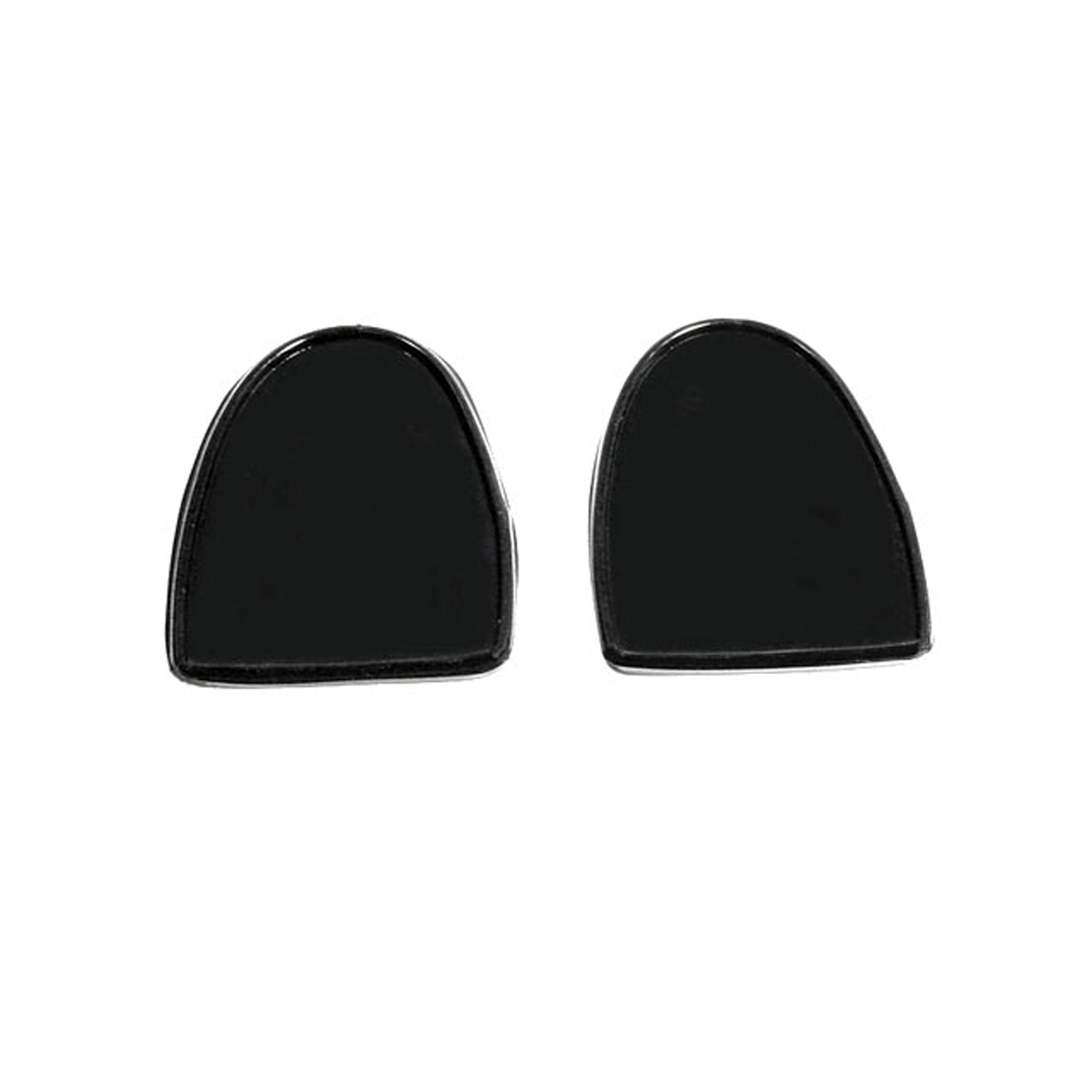 1932 Studebaker Commander Model 71 Tail-light Pads. 2-1/2" wide X 3-1/4" long. Pair-MP 970Tail-light Pads. 2-1/2" wide X 3-1/4" long. Pair
1932 Studebaker Commander Model 71 Tail-light Pads. 2-1/2" wide X 3-1/4" long. Pair-MP 970Tail-light Pads. 2-1/2" wide X 3-1/4" long. Pair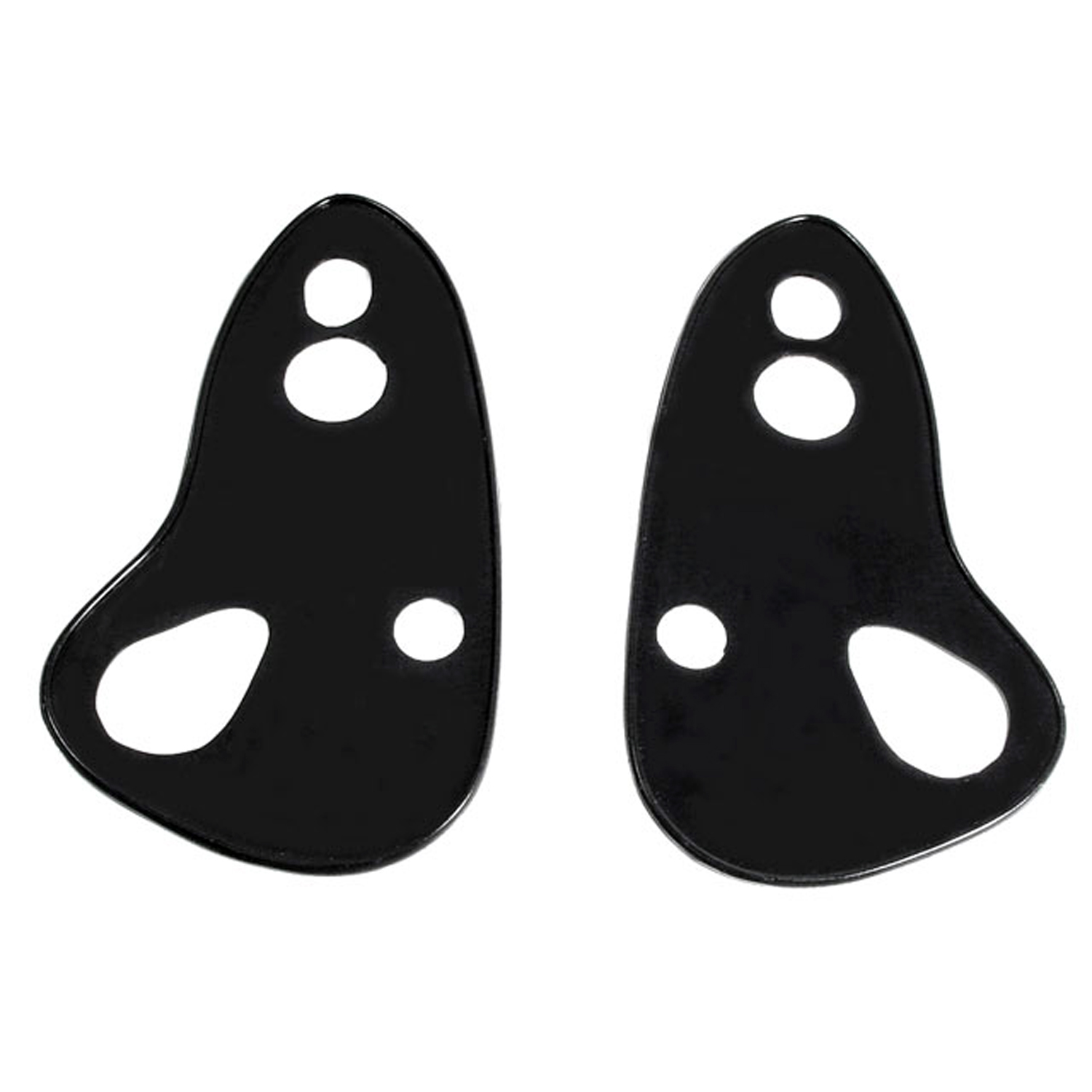 1932 Studebaker Commander Model 71 Headlight Pads. 4-3/4" wide X 8-3/4" long. Pair-MP 971-CHeadlight Pads. 4-3/4" wide X 8-3/4" long. Pair
1932 Studebaker Commander Model 71 Headlight Pads. 4-3/4" wide X 8-3/4" long. Pair-MP 971-CHeadlight Pads. 4-3/4" wide X 8-3/4" long. Pair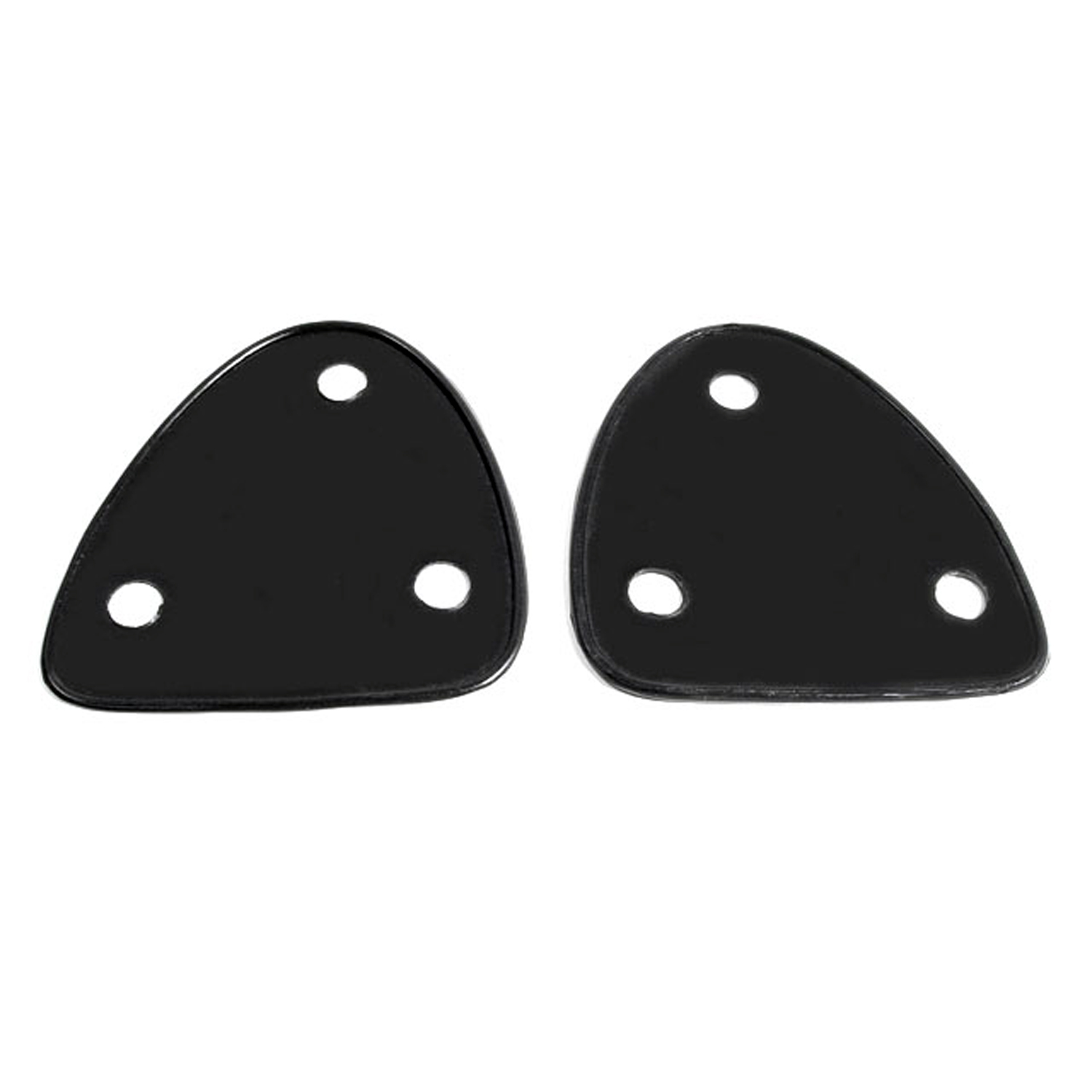 1932 Studebaker Commander Model 71 Headlight Pads. 4-1/2" wide X 4-5/8" long. Pair R&L-MP 973Headlight Pads. 4-1/2" wide X 4-5/8" long. Pair R&L
1932 Studebaker Commander Model 71 Headlight Pads. 4-1/2" wide X 4-5/8" long. Pair R&L-MP 973Headlight Pads. 4-1/2" wide X 4-5/8" long. Pair R&L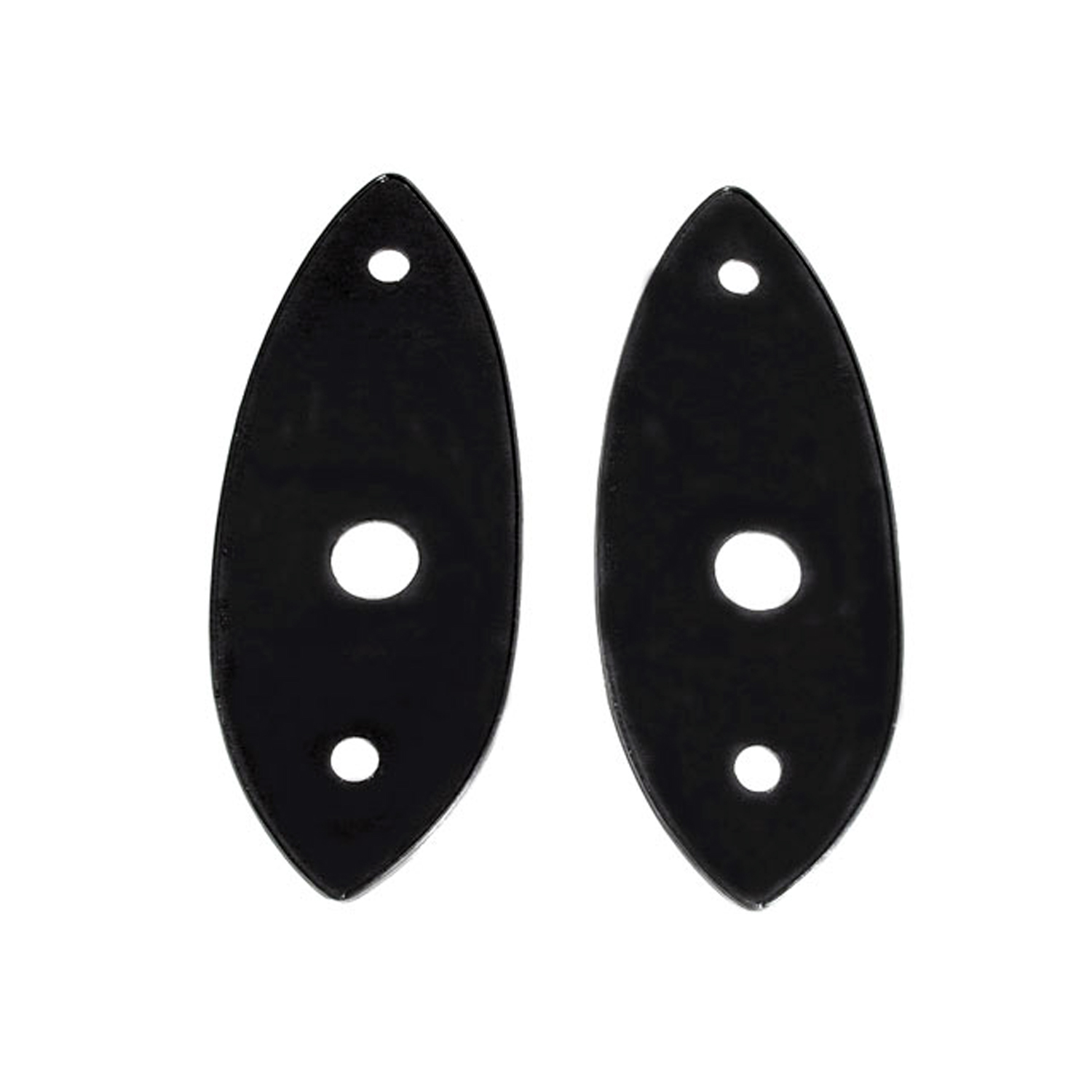 1932 Studebaker Commander Model 71 Park Light Pads. 3-1/4" wide X 8-1/2" long. Pair-MP 980Park Light Pads. 3-1/4" wide X 8-1/2" long. Pair
1932 Studebaker Commander Model 71 Park Light Pads. 3-1/4" wide X 8-1/2" long. Pair-MP 980Park Light Pads. 3-1/4" wide X 8-1/2" long. Pair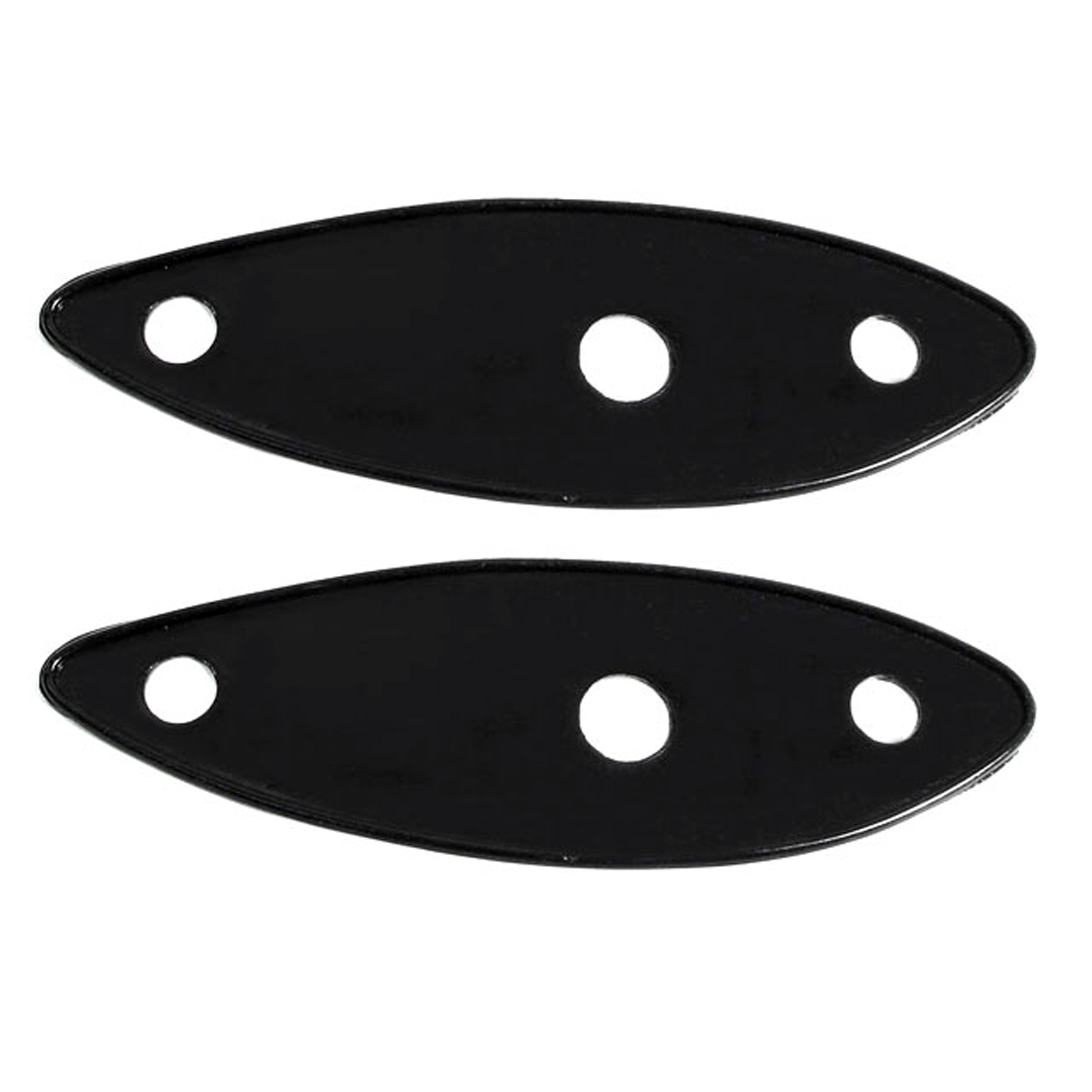 1932 Studebaker Commander Model 71 Park Light Pads. 2-3/4" wide X 8-3/8" long. Pair-MP 990Park Light Pads. 2-3/4" wide X 8-3/8" long. Pair
1932 Studebaker Commander Model 71 Park Light Pads. 2-3/4" wide X 8-3/8" long. Pair-MP 990Park Light Pads. 2-3/4" wide X 8-3/8" long. Pair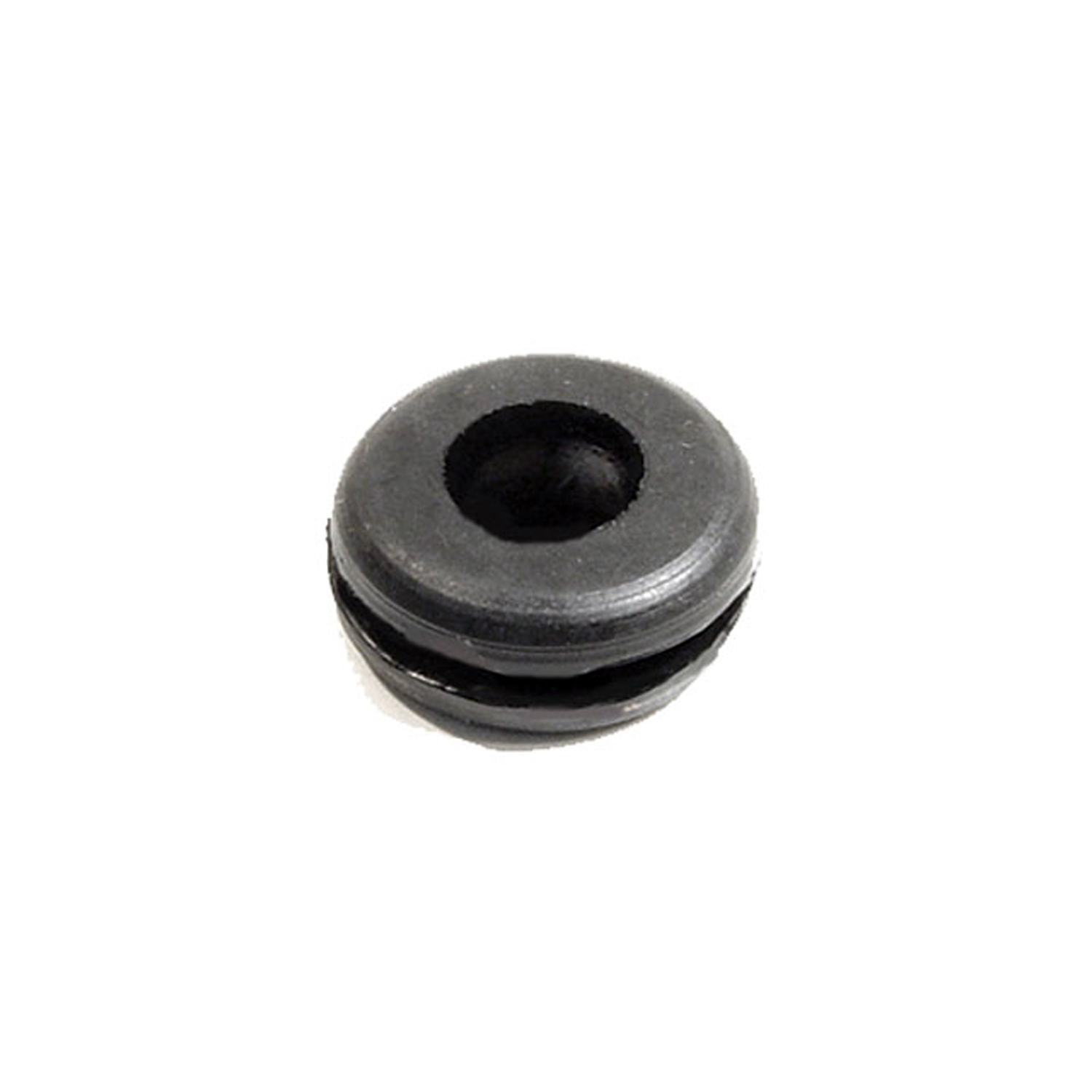 1932 Studebaker Commander Model 71 Headlight & Tail-Light Wire Grommet. 3/8" I.D., 7/8" O.D-SM 13-AHeadlight & Tail-Light Wire Grommet. 3/8" I.D., 7/8" O.D. Each
1932 Studebaker Commander Model 71 Headlight & Tail-Light Wire Grommet. 3/8" I.D., 7/8" O.D-SM 13-AHeadlight & Tail-Light Wire Grommet. 3/8" I.D., 7/8" O.D. EachWhy Choose Metro?
For over 100 years, Metro Moulded Parts has been the pinnacle of quality in classic car restoration parts. Our commitment to precision and authenticity in every component ensures a perfect fit and an OEM-level appearance.
- Expert Craftsmanship & Quality: Each part is a testament to our dedication to reliability and perfection, crafted from original designs and thoroughly tested.
- Advanced Technology: We use cutting-edge techniques to create flawless, long-lasting parts that surpass others in performance.
- SuperSoft Sponge – The Ultimate Door Seal: Not only are our door seals 30% softer than competitors', but they're also guaranteed to never leak. They effectively reduce wind and road noise, enhancing your classic car's comfort and driving experience.
- Proudly American: Our parts are a product of American craftsmanship, made in the USA with a spirit of excellence and heritage.
- Unrivaled Warranty: We back our products with a 30-year industry-leading warranty, a testament to our confidence in their quality.
Join us in preserving the legacy of classic cars with parts that are crafted for perfection, not just made.

